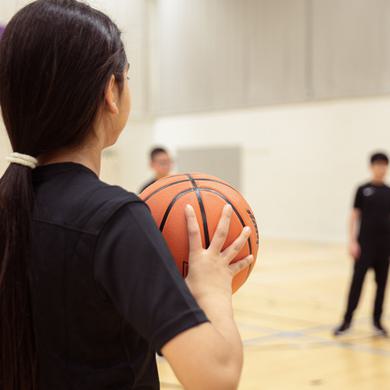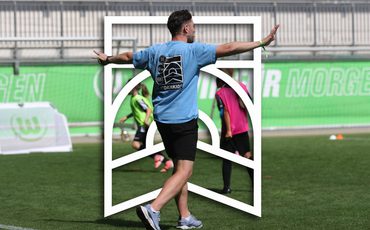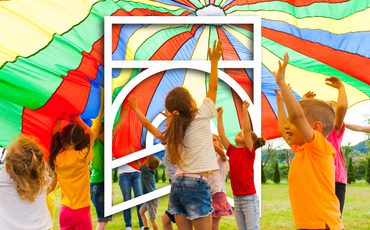Preventing Child Abuse in Sport
Module 4
It is impossible to completely prevent child abuse in sport, but coaches and clubs have a duty to put in place systems and mechanisms to minimise the risks. Remember the best way to keep children safe in sport Is by creating a quality pedagogical climate.
In this section we are going to explore some of the most common approaches to safeguarding children in sport.
Now, at this point, it is important that we explain the difference between safeguarding and protecting children. Let’s go back to the UNICEF International Safeguards for Children in Sport to check the definitions:
Safeguarding:
Safeguarding refers to the actions we take to ensure ALL children are safe from harm when involved in our clubs and activities.
Child Protection:
Child protection is a set of activities that are required for SPECIFIC children who are at risk of/or are already suffering harm.
In simple terms, safeguarding is about prevention, but protection is about detection and correction. This video will deal with safeguarding. Protecting children in sport will be covered in the next section.
With regards to safeguarding, that is, putting in place all the necessary measures to minimise the risk of harm to children, there are four main things we can do:
1) Education
2) Vetting
3) Safeguarding and Child Protection Policies
4) Risk Assessment
1. Education:
Investing time and resources to make sure that the children themselves, and their parents, coaches and officials are aware of the risks and what to do about them is central to success.
2. A Robust and Stringent Vetting Process:
The second vital strategy for sport clubs is to have a robust and stringent vetting process of recruitment and selection for all those that will work closely with the children. This includes coaches, team managers, doctors, drivers, etc. In some countries, this vetting process has become formalised and people that want to work with children have to undergo a police background check. For you it may only mean gaining character references from multiple sources before you bring someone into your club or asking questions related to this area during the selection interview.
3. Safeguarding and Child Protection Policies and protocols:
The third and very important way of making sport safe for children is by having clear safeguarding and protection policies, structures and protocols at your club. Most federations will now have a National or Regional Child Protection Manager in place who will be keen to talk to you about it. They will also have produced guidelines and templates you can use as a starting point.
Even if that’s not the case, organisations like UNICEF or the Child Protection in Sport Unit in the UK will have them.
4. Risk Assessment:
The fourth and final major strategy involves conducting a thorough risk assessment of your sport activities or sessions. As a coach, you should be aware of all the inherent potential risks of your sport. For example, drowning in swimming or concussion in rugby. But you should also be able to identify and minimise other risks that may have more to do with the conditions surrounding your session or the participants themselves. For example, heat or cold exposure if you coach an outdoor sport, a slippery playing surface, or being aware that a child is deaf and requires safety instructions to be provided in a particular way.
All of this should be part of your risk assessment protocol. During the risk assessment you should identify all potential hazards and rate them based on their likelihood and severity. Then you must put plans in place to minimise the risk and to deal with it if it does happen.
Keeping Children Safe is Priceless
You may think this is all too much, but keeping children safe is priceless. We would strongly advise you to go on safeguarding and protection, risk assessment and first aid courses before you start coaching, particularly if you are going to lead sessions on your own.

NEXT SECTION
Let’s take some time to reflect on these ideas and in the next section we will talk about taking action against child abuse in sport.
PLEASE NOTE
Safeguarding and Protecting Children in Sport, while important in every country, fits within a different best practice/legislative framework for each country. Because of this, please check the specific laws, policies and procedures that are applied in your country. Also check the information and advice provided by your sports sector and your sport’s national governing body/federation.
What is included here are GENERAL GUIDELINES. These are primarily based on UNICEF Safeguarding in Sport Guidelines.
Please see - https://www.unicef.org.uk/spor...;
Comments
Related Pages


